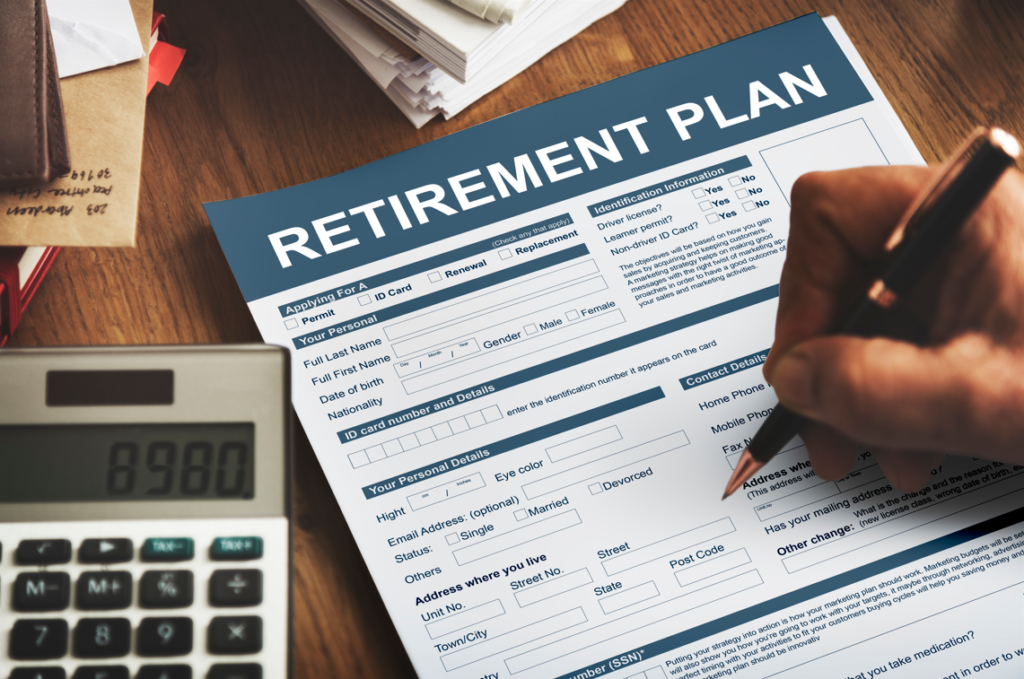Investment bonds are issued by life insurance companies. They have features like a managed fund combined with a life insurance policy. They can be a tax effective way to invest if certain rules about contributions and withdrawals are followed.
Investment bonds are used for a range of purposes including:
- A medium to long term lump-sum or regular savings plan
- A tax effective investment for some investors
- Investment bonds can be taken out by parents or grandparents to assist the next generation.
- Estate planning. The investment bond can circumvent the estate. It has the ability of the owner to nominate one or more death beneficiaries.
Before buying an investment, bond here are some important things you need to know.
- Parties to an investment bond
There three parties to an investment bond; the owner, the life insured and the life insurance company.
Some bonds may include fourth party. The bond owner may nominate a beneficiary to receive the bond proceeds in the event of the death of the life insured.
The bond can be issued on the life of a child for the ownership to vest in the name of the child at a future date, up to age 25, when the ownership transfers to the child.
- The 10-year rule
Investment bonds can be tax effective for long term investors with a marginal tax rate higher than 30%. An investment bond is designed to be held for at least 10 years. After 10 years, the returns on the investment, including additional contributions that meet the 125% rule, will be tax free!
- Withdrawals
If you withdraw money before 10 years is up, some or all of the income will be taxable and included in the investor’s assessable income, however a 30% tax offset is allowed to compensate for the tax already paid by the life insurance company.
- 125% Rule
Many investment bonds accept both regular and irregular additional investments. Provided the amount invested in any one year does not exceed the previous year’s investment by more than 125%, it will be considered part of the initial investment. If you exceed 125% of the previous years’ investment, the 10 year period will reset.
- Investment Options
There can be a range of investment options to invest the funds, such as cash, fixed interest, shares, property or multi-asset options. Each option has different investment goals, timeframes, risk profiles and underlying assets.
If you want to learn more about investment bonds or starting to save for the future then please speak to the team to help you get started.





